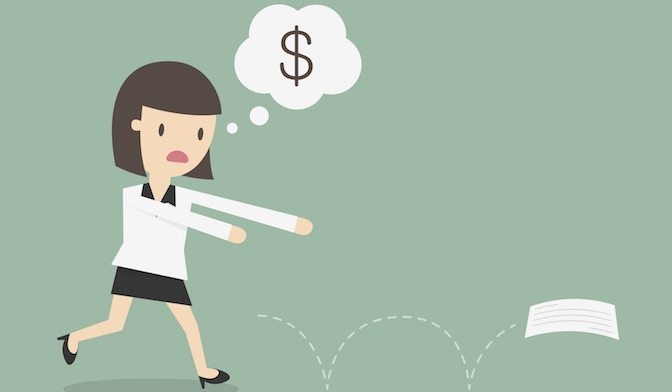If your customer made a payment on an invoice and it bounced, you need to track the flow of the new transaction. This can be tricky but I have a process to share that can make this simple for you.
#1 MAKE THE ENTRY IN QUICKBOOKS
Your first step it to make the entry of the deduction from your bank account. Create an other asset account and call it Returned check. When you post this entry, in the memo, list extra information pertaining to this deduction. Then tag the customer:job to this entry. This way it’s easier to find.
#2 RE-INVOICE THE CLIENT
Next step is to re-invoice the client. Create an item code called “Returned check”, map this code to your new other asset account called “Returned check”. Invoice the client using this new item code and enter the amount. I would recommend using the date the check actually bounced. If it’s the policy of your company to charge an extra fee, you can add this as well as a second item code. Create one called Service charge and map to an other income account, called Service Charge.
When you are finished the account called “Returned check” should be zero. What we have done is increased our Accounts Receivable by this new amount.
#3 COLLECT NEW PAYMENT
The final step is to collect this new payment from your client. It will post as a payments against this new invoice. In the event that your client never pays this new invoice, then you can decide if you want to write it off or not. You would then create a credit memo using an item code called “Write off” that is mapped to an other expense account called “Write off”.
If you ever need support for QuickBooks or have question you can email us at info@completebusinessgroup.com

